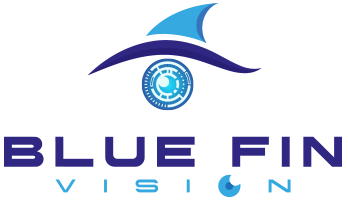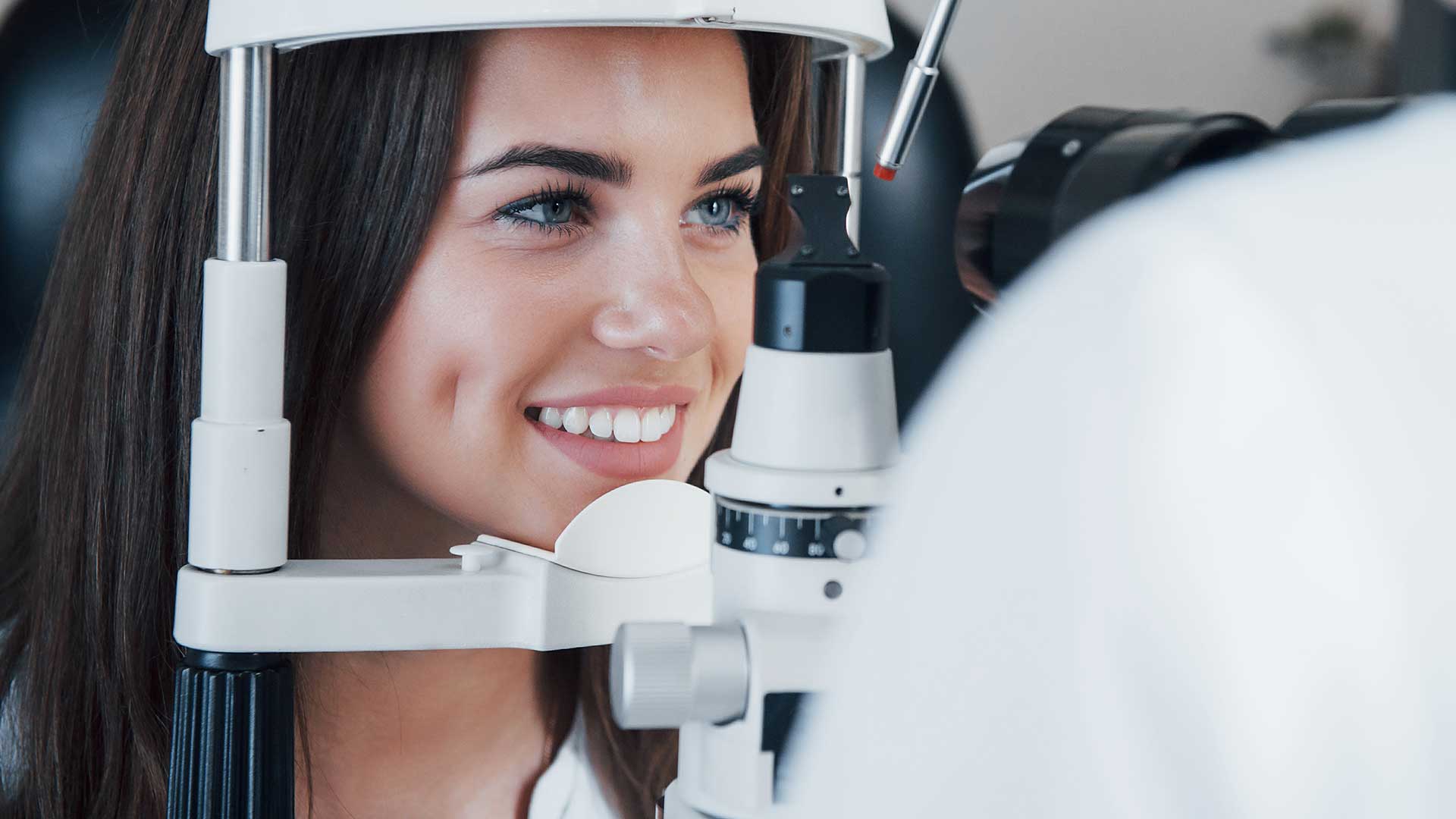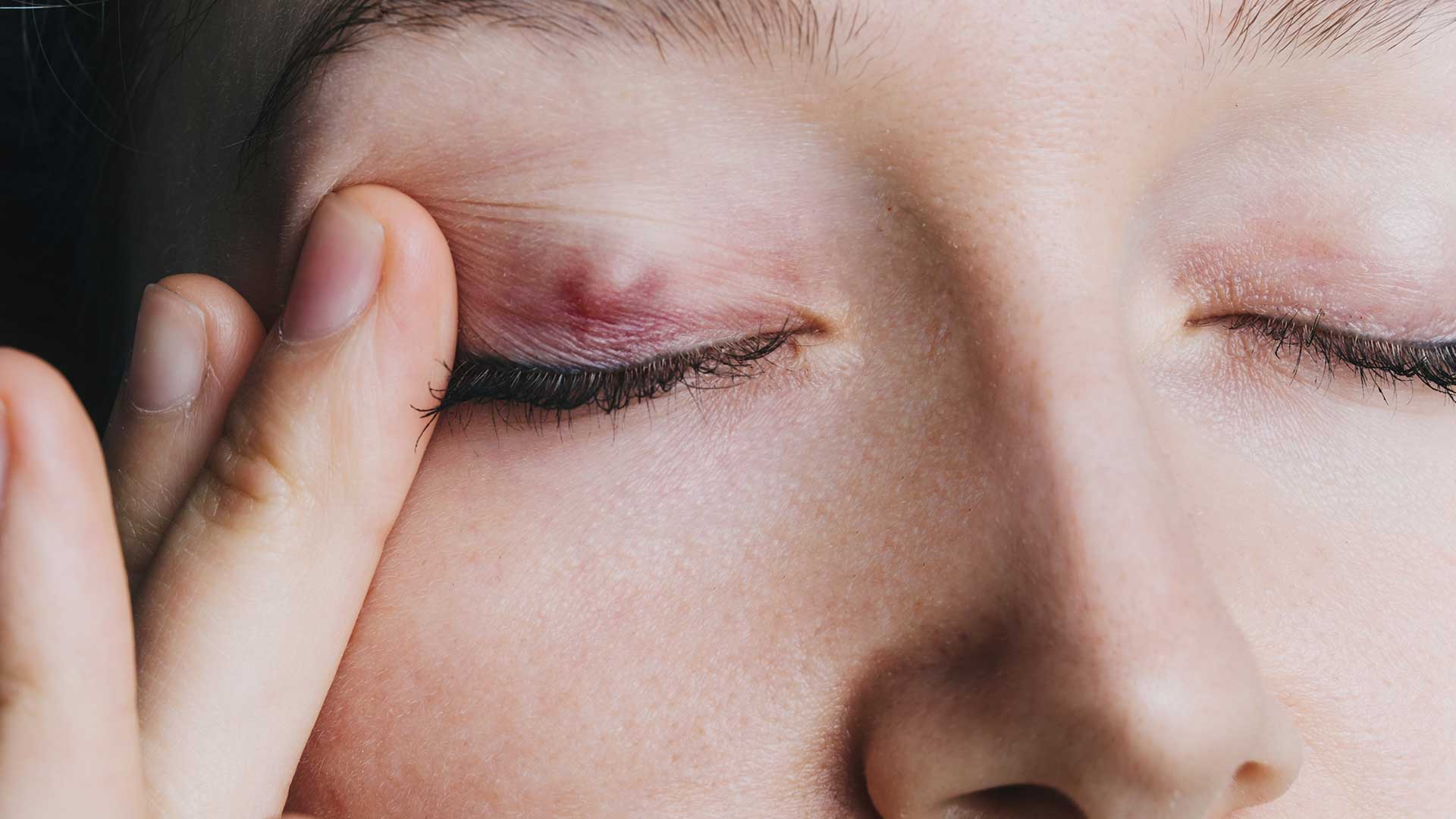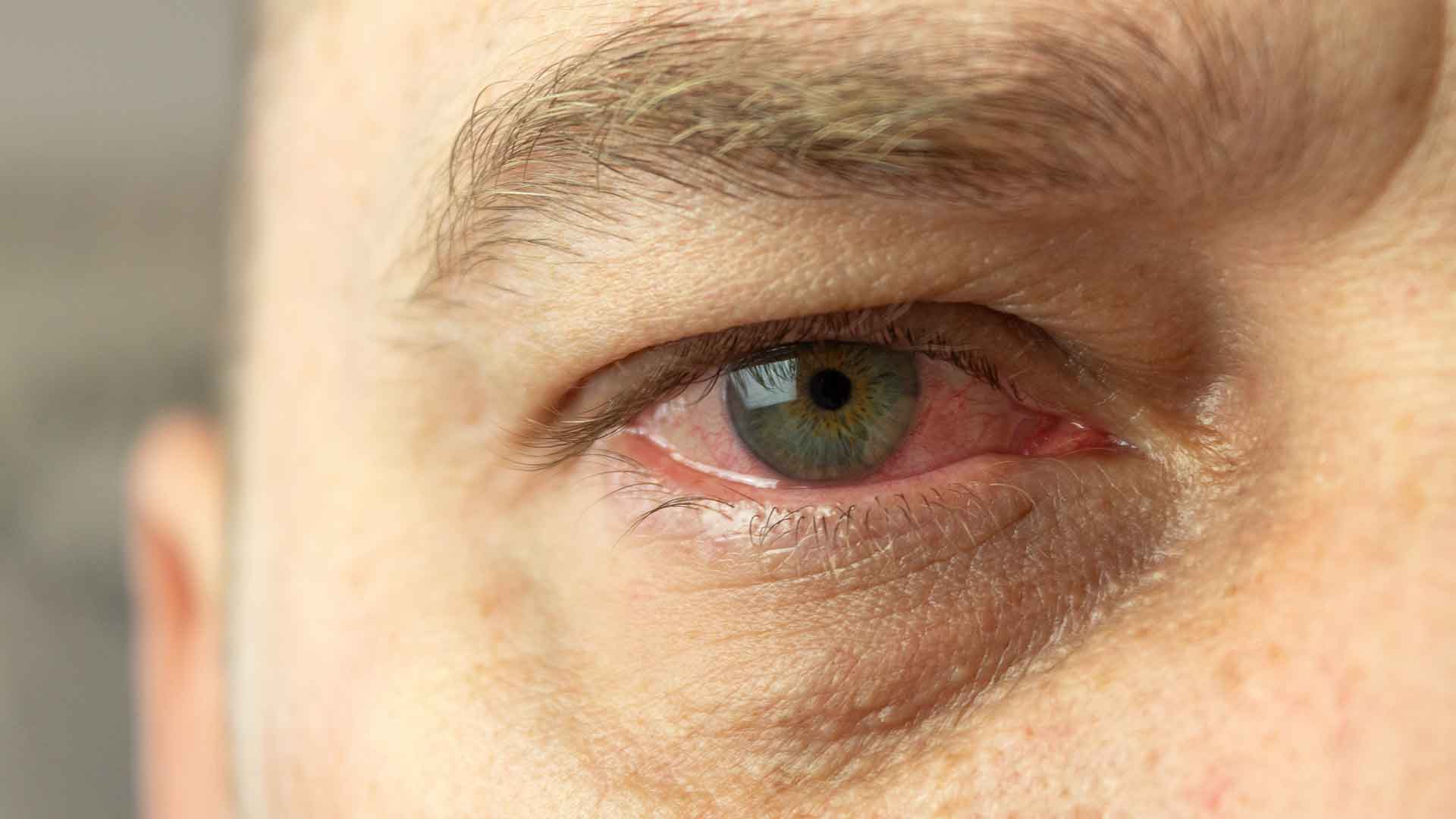In the bustling heart of London, where the urban landscape meets the cutting-edge of medical science, Blue Fin Vision Eye Clinic stands as a beacon of trusted eyecare knowledge. Today, we’re delving into an often-misunderstood condition that affects many: chalazion on eyelid. This article is intended for general knowledge only. Let’s explore what a chalazion is, its symptoms, causes, and general care advice.
Understanding Chalazion
A chalazion might sound like a complex medical term, but it refers to a condition most of us might encounter in our lifetime—a red, pain-free bump on your eyelid. Often mistaken for a stye, a chalazion develops when a meibomian gland (oil gland) on your eyelid becomes blocked. Unlike its painful cousin, the stye, a chalazion is notable for its painless nature after an initial discomfort period.
Chalazion vs. Stye: Clearing the Confusion
The distinction between a chalazion and a stye primarily rests on the cause and location:
- Styes are bacterial infections leading to a swollen gland at the edge of the eyelid.
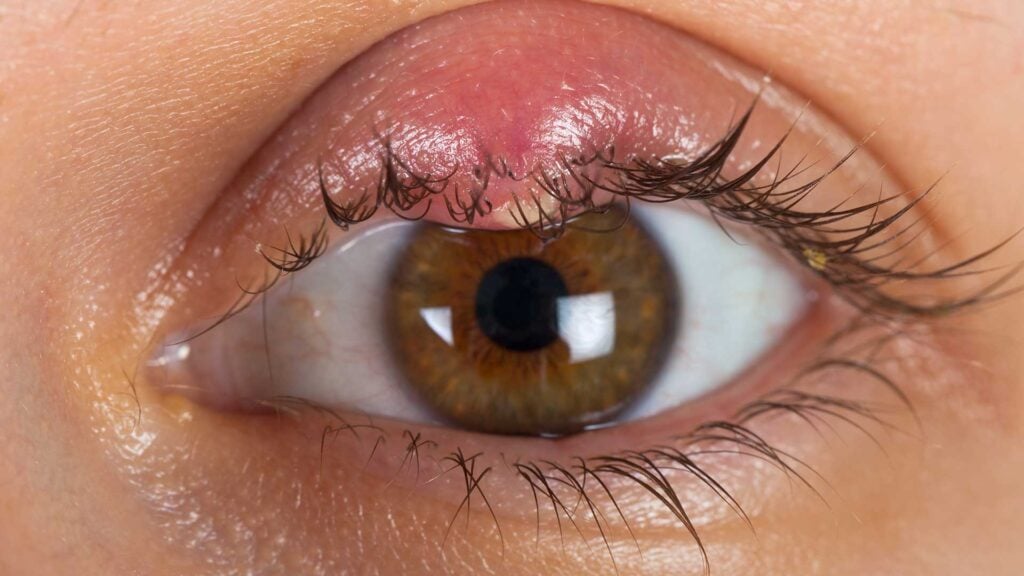
- Chalazia, in contrast, form farther back on the eyelid as a result of blocked oil glands and are not infections.
Understanding this difference is crucial for accurate self-assessment and care.
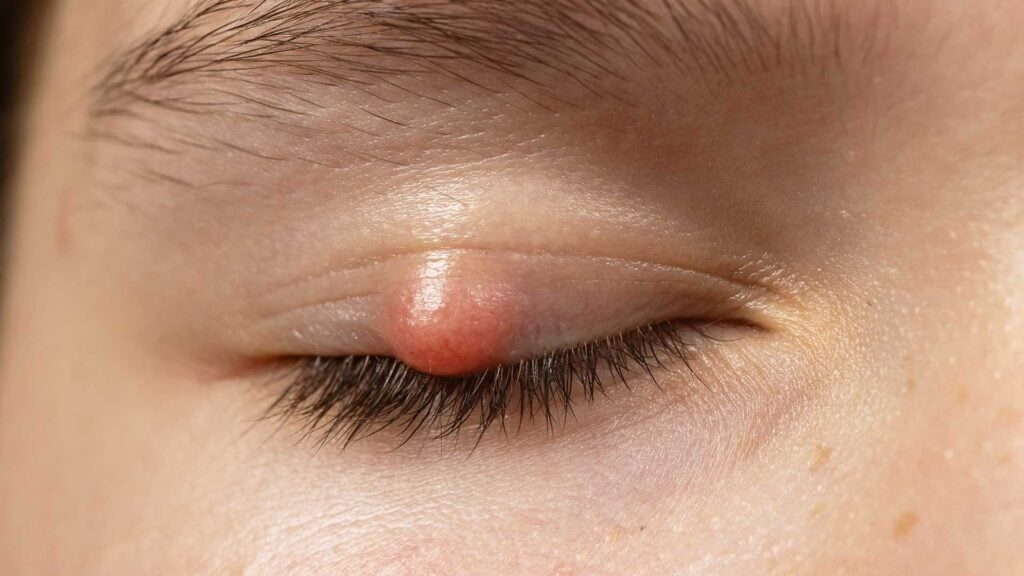
The Symptoms of a Chalazion
If you’re wondering whether that bump on your eyelid is a chalazion, here are some common signs:
- Initial discomfort or pain, transitioning to a painless bump
- Redness and swelling of the affected area
- Blurred vision if the chalazion is large enough to press on the eyeball
- Mild irritation or watering of the eye
Causes and Risk Factors
The root cause of a chalazion is the blockage of an oil gland in the eyelid. Factors that might increase your risk include:
- Prior history of chalazions
- Chronic eyelid inflammation (blepharitis)
- Skin conditions like rosacea or seborrheic dermatitis
- Hormonal fluctuations
Understanding these can help in both prevention and rapid recognition if one develops.
Managing and Treating Chalazion
In most scenarios, a chalazion will resolve itself with simple home care:
- Warm compresses: Applied multiple times a day to encourage the blocked gland to open
- Maintaining eyelid hygiene: Especially important after the chalazion drains to prevent recurrence
- Avoiding eye makeup: To reduce the risk of further irritation
Those wondering, “Will a hardened chalazion go away?” will be relieved to know that most do, with patience and proper care.
When to Seek Professional Advice
At Blue Fin Vision Eye Clinic, we emphasise the importance of professional consultation for persistent cases. An eye care specialist can offer targeted treatments, such as drainage or steroidal injections, if home remedies do not suffice.
Prevention: A Stitch in Time
Preventing the formation of a chalazion, particularly for those prone to them, involves meticulous eyelid hygiene:
- Regular hand and face washing
- Proper contact lens care
- Discarding outdated eye makeup
Adopting these practices can significantly reduce the likelihood of developing a chalazion.
In Summary
A chalazion, while not typically cause for alarm, warrants an informed approach. Through understanding, good hygiene, and attentive care, most individuals can manage or prevent this condition effectively. As always, persistent or recurring issues should prompt a visit to an eye care professional.
For more insights into eyecare and conditions affecting vision, keep looking to Blue Fin Vision Eye Clinic—your source of trusted information and news in the heart of London.
This article aims to educate and inform. It does not replace professional medical advice or treatments. For personal advice, please consult a healthcare provider.
